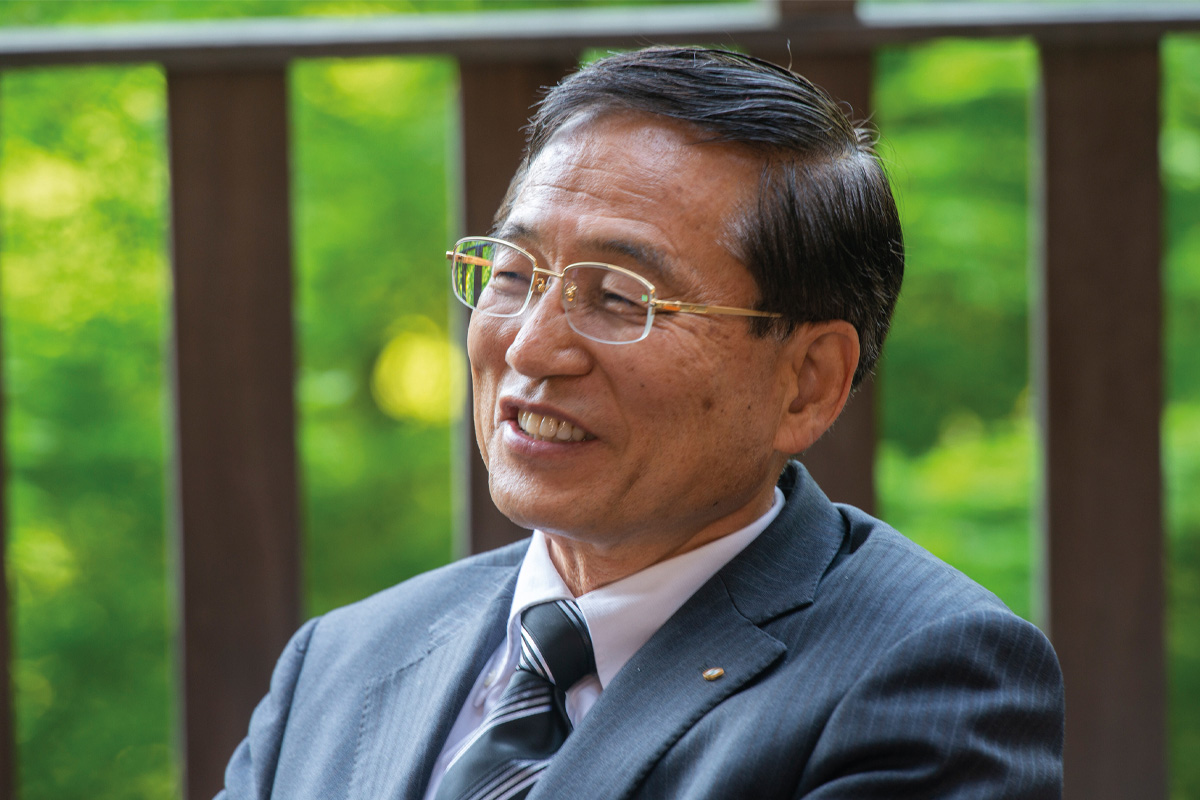Established in 1992, So Kikaku Sekkei (SKS) is an architectural design and engineering firm with a well-established business in Japan and a growing presence in Southeast Asia.

Can you please give us a brief introduction to your company?
So Kikaku Sekkei is an architectural design firm. Despite having a relatively short history of 31 years and limited achievements compared to other major design firms, we are still a rapidly growing company, driven by a spirit of challenge. In the unique context of Japan's construction industry, where large projects require a track record and credentials, our business strategy focuses on accumulating experience through numerous smaller projects, allowing us to eventually secure larger contracts. Presently, our company boasts 26 branches nationwide, along with subsidiary companies specializing in facility design, environmental surveys, civil engineering design, and overseas design. We are actively involved in various projects spanning different fields, particularly excelling in educational facilities and renovation projects. As part of our pursuit of further development, we aim to become a comprehensive consultant and have set our sights on expanding our group and venturing into the international market.
Given the rapid aging and shrinking of society in Japan, what challenges and opportunities has this demographic change brought to your company?
With Japan facing a shortage of labor, it actively recruits workers from Southeast Asian countries like Vietnam and Malaysia. Additionally, the decrease in large-scale construction projects has led many Japanese companies to seek business expansion opportunities overseas. As a response, we prioritize creating an environment that is conducive for our employees to work in. We actively hire new employees, promote the participation of female staff, and create an environment where employees can work even beyond the age of 70, provided they are healthy. To ensure job satisfaction, we focus on making our company attractive in various aspects. This includes enhancing our internal environment, engaging in challenges related to new technologies like Digital Transformation (DX) and Sustainable Development Goals (SDGs), and expanding into new fields. Our expansion into new territories like Vietnam, Myanmar, and China, and our efforts to help address environmental concerns in those countries, align well with our commitment to SDGs.
Could you explain how your projects are designed to withstand various natural disasters in both Japan and Bangladesh?
Both Japan and Bangladesh are prone to natural disasters. Japan, located at the convergence of three tectonic plates, experiences frequent earthquakes, along with typhoons, floods, and landslides. Bangladesh faces frequent flooding. To address these challenges, our designs incorporate resilient structural engineering techniques. For instance, Bangladesh desires to improve urban landscapes with tall buildings, but lacks the structural engineering experience required. Drawing from Japan's expertise in earthquake-resistant structures, we aim to assist in the design of such buildings in Bangladesh. We are also involved in environmental conservation. In Vietnam, we're working on a project involving a waste incinerator that processes 4,000 tons of garbage daily, contributing to waste reduction and clean energy generation.
With over 120 licensed architects and various skilled employees, what strategies do you employ to maintain service quality in your overseas operations?
Our strategy involves nurturing our Vietnam office as a key hub in Asia. We station Japanese engineers with first-class architectural licenses there, working alongside local staff to deliver high-quality services. With nearly 20 staff members in Vietnam, we can oversee all aspects of projects, from planning and design to construction supervision, ensuring consistent quality. This approach garners positive feedback from clients and effectively maintains the quality of our services.
In what areas of design do you specialize, and what sets you apart from other consulting firms?
We place a strong emphasis on government projects, which make up 90% of our business. We're currently focused on engaging in larger projects to expand our revenue. One of our strengths lies in the design of educational facilities, as Japan's changing learning methods demand new types of school buildings. With a strong record in this field, we have positioned ourselves as a leading choice. Furthermore, we excel in renovation projects, tackling the challenge of Japan's aging public facilities and infrastructure. Leveraging our expertise, we're committed to addressing societal issues related to public facility revitalization and long-term sustainability.
How have you integrated or plan to integrate digital technologies and innovative approaches into your business?
Since 2014, we've been utilizing Building Information Modeling (BIM) in our designs. BIM allows us to view buildings comprehensively in 3D and simulate their impact on the environment. We leverage BIM and other IT technologies to enhance the creative process, add value through simulations, and elevate our technical capabilities.
Could you provide more information about your environmental initiatives and the role of SDGs in guiding your efforts?
We incorporate proposals to reduce carbon dioxide emissions into our project proposals. Our Zero Energy Building (ZEB) engineering team calculates emissions and develops plans to reduce them during project execution. However, there's a challenge concerning the life cycle cost of buildings. Japanese owners often prioritize short-term cost-effectiveness over the long-term, potentially hindering environmentally friendly measures. BIM aids in environmental considerations, but the Japanese public sector is not yet fully equipped to utilize it, often requiring us to present proposals using traditional 2D methods. This contributes to the slow digitization of Japan's construction industry. We're also exploring collaborations with organizations based overseas to provide comprehensive services, particularly in Southeast Asian countries.
What dreams and goals do you have in mind for the company as you approach your 35th anniversary in three years?
We have a five-year medium-term plan in place, setting annual targets based on metrics such as revenue, brand strength, technology adoption, societal contributions, and employee development. We aim to consistently achieve 10% profit growth annually, sustaining our growth momentum. Recognizing the value of fresh talent, we emphasize bringing new energy to our company's management.
Interview conducted by Karune Walker & Sasha Lauture
0 COMMENTS